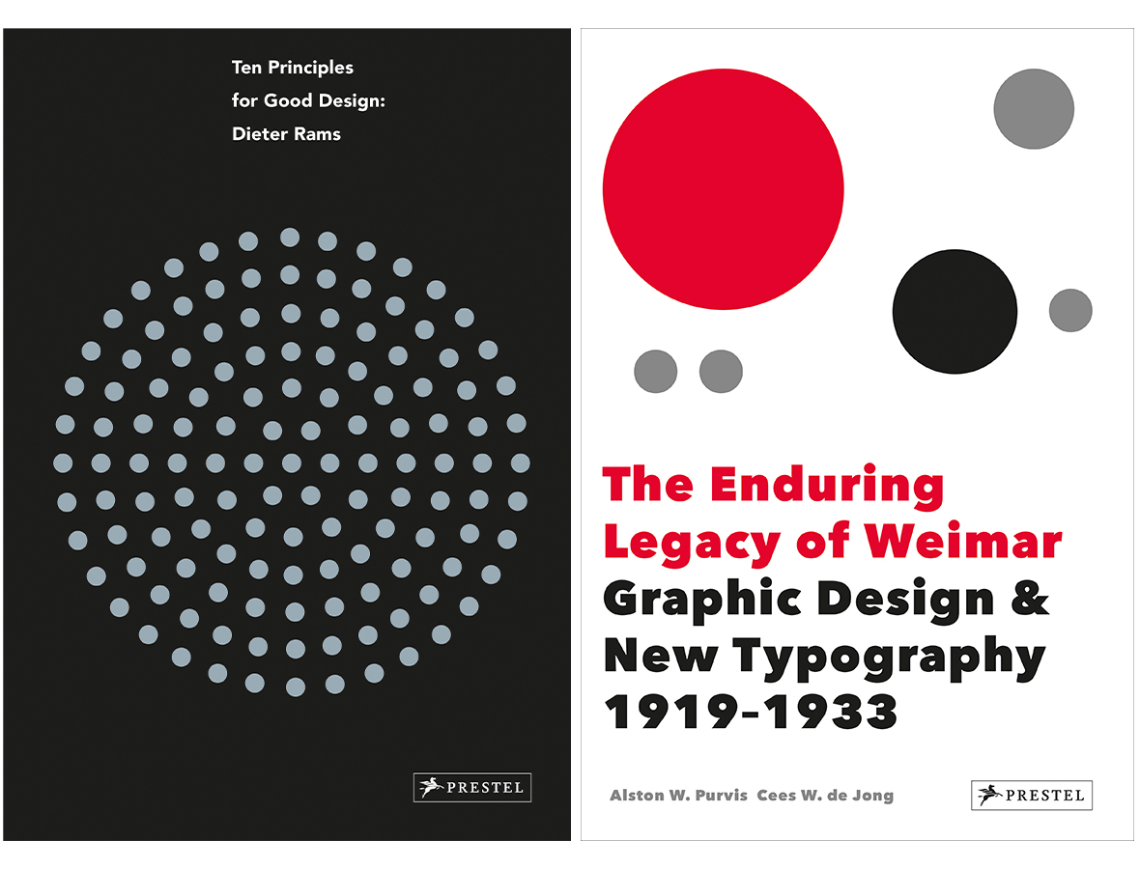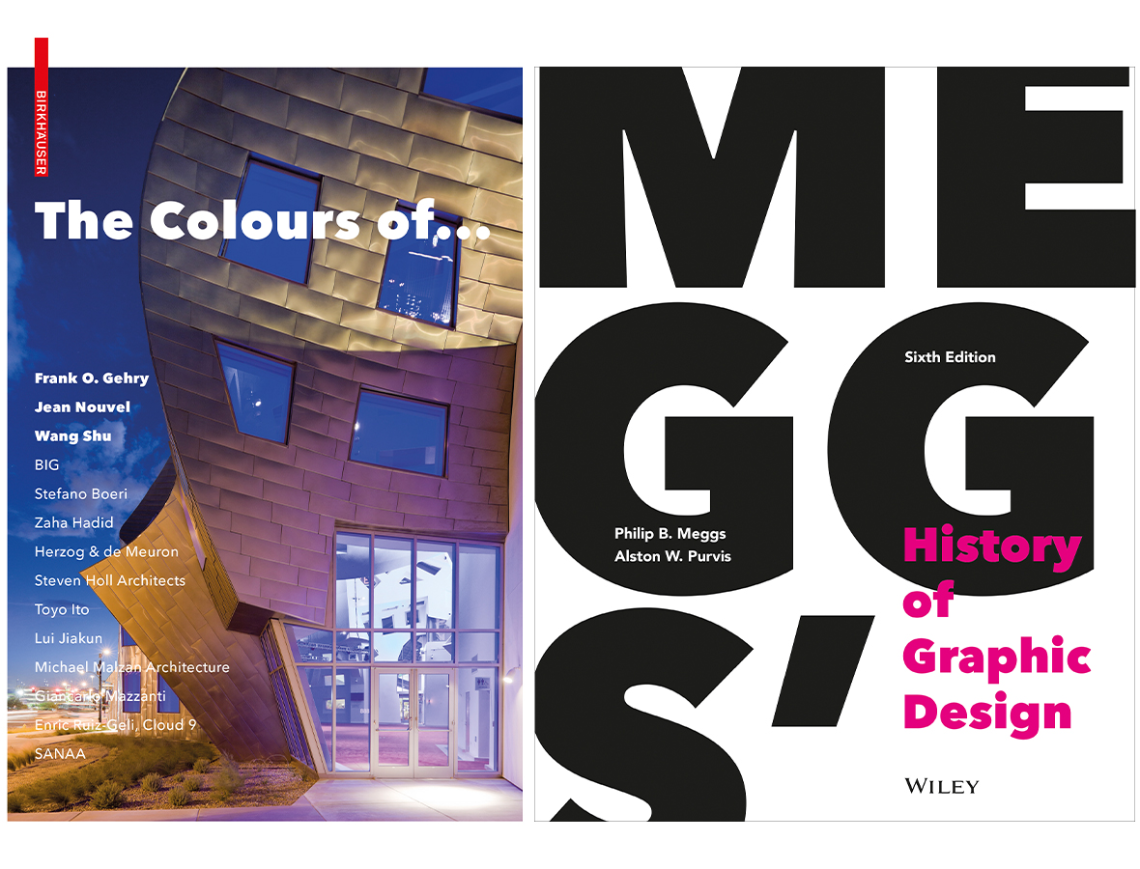Cees W. de Jong
Cees W. de Jong is the Director of the design studio and publishing company VK Projects. With a repertoire spanning various publications, he has authored and designed several books, such as Dutch Graphic Design, New Poster Art, Creative Type, Piet Mondrian: The Studios, and Sans Serif. These works have been published in collaboration with publishers worldwide, available in multiple language editions.
When did you first start considering the importance of archiving your work? And what motivated that decision?
“Since the beginning of my career, I’ve been actively preserving my completed work, contracts, and correspondence, along with digital files dating back to the 1980s. Given that my designs and publications are acquired by various consumers, including individuals, companies, libraries, and museums, my work becomes dispersed across numerous locations, institutions, and platforms. This aspect of dissemination is perhaps even more crucial to me than maintaining a personal archive. Nevertheless, it’s also significant to note that since 2017, the Cees W. de Jong archive has become an integral part of the Archive Special Collections.”
How do you go about archiving your work?
“Designers and publishers operate within a highly structured framework. Every detail, particularly during project execution, must be meticulously handled to achieve the desired outcome. The same level of precision applies to archiving. When it comes to preserving work, adopting a systematic approach is crucial. There exist numerous effective archival methods, many of which have been refined over time with the establishment of museums and libraries. These systems are designed to streamline collections and optimize archives.
Typically, archiving involves including a variety of data such as title, author, editor, organization, year, publisher, co-publisher, designer, annotations, technical specifications, keywords, classifications, and copyright information. It’s important to choose a system that aligns best with the type of material you’re archiving. In addition to completed work, it’s also important to archive digital files and supplementary information. This might include files documenting the creation and editing process, word count, illustrations, and file sizes.

Image left: Cover Ten Principles for Good Design | Image right: Cover The Enduring Legacy of Weimar (full credits below)
In my personal archive, titled ‘Personal Encounters’, I’ve curated a selection of introductions, postscripts, and acknowledgements that I’ve authored or have been published. Additionally, I’ve included graphic design projects, exhibitions, and books published in various language editions. I’ve made sure to list all the names of authors, architects, designers, editors, publishers, and clients involved.”
Would you have approached things differently with the benefit of hindsight?
“No, I wouldn’t have changed a thing. I’m happy with the outcome.”
What challenges do you face during the archiving process?
“Trust your instincts when establishing and maintaining your archive; you know better than anyone else what holds personal significance. If you collaborate with institutions like museums or libraries, be prepared for the possibility that your work may undergo slight alterations in storage or classification.
Hence, it’s crucial that they value your work. Once your work enters the public domain, you relinquish some control and influence over it. Personally, I haven’t encountered such challenges in the archiving process. However, it’s important to recognize that building an archive demands both time and financial investment.”

Image left: Cover The Colours of.... | Image right: Cover Megg's History of Graphic Design (full credits below)
What is your ideal vision for your archive?
“Within this archive, every essay, introduction, postscript, and acknowledgment has its place. It’s curated with years of dedication and care, serving as a collection of both visual and textual material. In essence, it reflects my personal journey, going beyond merely storing past achievements to embodying aspirations for the future.”
What advice would you give to other designers?
“Start archiving and do it in a very personal way.”
Credits
Image 1: Ten Principles for Good Design: Dieter Rams. Edited & designed by Cees W. de Jong. Asher Hazelaar, Puls, Ermelo. Contributions by Klaus Klemp, Jorrit Maan, Erik Mattie. Prestel Random House, Munich, London, New York. 2017 and 2021.
Image 2: The Enduring Legacy of Weimar. Graphic Design & New Typography. 1919-1933. Alston W. Purvis, Cees W. de Jong. VK Projects. Edited & designed by Cees W. de Jong. Asher Hazelaar, Puls, Ermelo. Prestel. Munich. London. New York. 2019.
Image 3: The Colours of… Frank O. Gehry, Jean Nouvel, Wang Shu. BIG, Stefano Boeri, Zaha Hadid, Herzog & de Meuron, Steven Holl Architects, Toyo Ito, Lui Jiakun, Michael Malzan, Architecture, Giancarlo Mazzanti, Enric Ruiz-Geli, Cloud 9, SANAA. Edited & designed by Cees W. de Jong. Asher Hazelaar, Puls, Ermelo. Contributions by Erik Mattie, Sophie Roulet, Bert de Muynck. Birkhäuser Verlag, Walter de Gruyter GmbH, Berlin, Munich, Bosten. 2015.
Image 4: Megg’s History of Graphic Design, fifth and sixth edition. Philip B. Meggs, Alston W. Purvis. Graphic design of this title. Cees W. de Jong a.o., VK Projects. Asher Hazelaar, Puls, Ermelo. John Wiley and Sons, Hoboken. 2016.
Dossier Later
This interview is part of Dossier Later, created to assist in thinking about your future by exploring various aspects such as retirement, transitioning out of work, or continuing your professional journey, along with the potential transfer of your practice. It provides practical advice, inspiring stories, and useful workshops. Furthermore, this dossier offers valuable insights into what you can do with your archive, ensuring it becomes a lasting source of inspiration and knowledge for future generations.